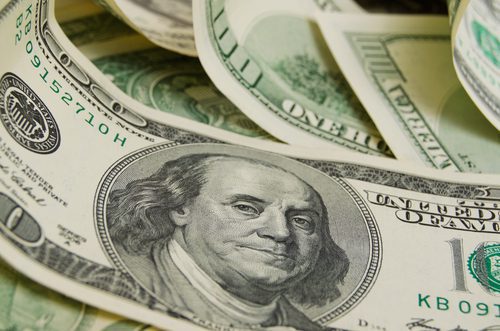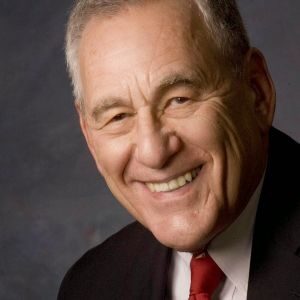Last Friday, history was made when a company called Standard and Poor’s said that borrowing by the U.S. government had become more risky.
Known as S&P, the company is a so-called “rating agency” that classifies borrowing by companies and governments according to the degree of risk to the lenders. Higher risk means that lenders have a decreased chance of getting their loans paid back.
S&P dropped the borrower known as the United States of America down one notch from its highest rating, which is equivalent to the lowest risk. That move was historic because, until then, the U.S. dollar was second only to gold in its reliability as an asset as seen by the world financial community.
The two other main rating agencies, Moody’s and Fitch, retained their highest rating for U.S. government debt, though Moody’s said the outlook is negative. Some analysts said the S&P move would not affect the interest rate the government would have to pay lenders unless one of the other raters made a similar move, but others were not so sure.
WHY DID S&P MAKE ITS MOVE?
The ratings reduction resulted from the growing federal government debt. S&P found that the recent agreement to cut the federal budget deficit is simply inadequate. The “gulf” between the two political parties is so great that the rating agency has a negative view of the chances that Congress can do any better. It said that it might lower the rating yet another notch.
S&P found that the recent “political brinkmanship” in the battle to increase the federal debt ceiling amounts to making the U.S. government “less stable, less effective and less predictable.”
Because S&P rates the borrowing by other governments, it must make sure that countries getting similar ratings perform about the same. But the agency noted that the United States no longer belongs in the top class with Canada, France, Germany and the United Kingdom. That finding was probably a major factor in the downgrade.
For example, U.S. debt this year is projected to equal 74 percent of the output of the economy, while in Canada it will be only 34 percent.
S&P said that it is not taking a position on the mix of spending cuts and tax increases needed “to put the U.S.’s finances on a sustainable footing.” Still, while avoiding an explicit statement, it left little doubt that it believes tax increases would have to be part of cutting the deficit.
WHAT DOES S&P’S MOVE MEAN TO PEOPLE?
Lenders to the U. S. government would be those most affected by a reduction in confidence in U.S. borrowing.
Of the total U. S. debt of $14.3 trillion, about one-third is held by federal government agencies like Social Security. Americans – including individuals, pension funds and mutual funds – hold 22 percent, while China holds eight percent. But all foreign lenders as a group provide more than the domestic investors as a group.
The federal government is continually borrowing, and the lower rating may mean that it could have to pay higher interest, perhaps as much as one-half to three-quarters of one percent more, said S&P. That would only make the debt crisis worse, because it would increase government costs.
Many interest rates paid to savers and charged to borrowers are pegged to federal government rates. Interest rates are now at near-record lows, as part of the Federal Reserve’s effort to stimulate the economy, but they could begin to climb. Linked with the virtual end of federal government spending to promote growth, higher rates could slow economic recovery.
The Federal Reserve, the American government central bank, and its counterparts elsewhere will be trying to prevent such rate increases.
If rates do increase, the beneficiaries would be lenders. If you have a savings account or buy bonds, you might make somewhat more on your savings.
Even though the debt downgrade only related to borrowed money, it had an immediate effect on stock prices and none on government debt itself.
Financial markets appear to have attached greatest importance to the S&P warnings about the growing national debt and the apparent end of government spending to stimulate the economy. That worried investors, causing stock prices fall.
Some felt that S&P had erred, and that the U.S. would never default. They pointed to cases when the rater had been wrong, especially on housing investments just before the 2008 stock market dive. But the early market reaction suggests that its downgrade message might be taken seriously.
Republicans and Democrats both dislike the downgrade, each party fearing it will get the blame for the historic action. S&P implies that reversing its rating will require them to cooperate and compromise, but it is openly pessimistic they can.







